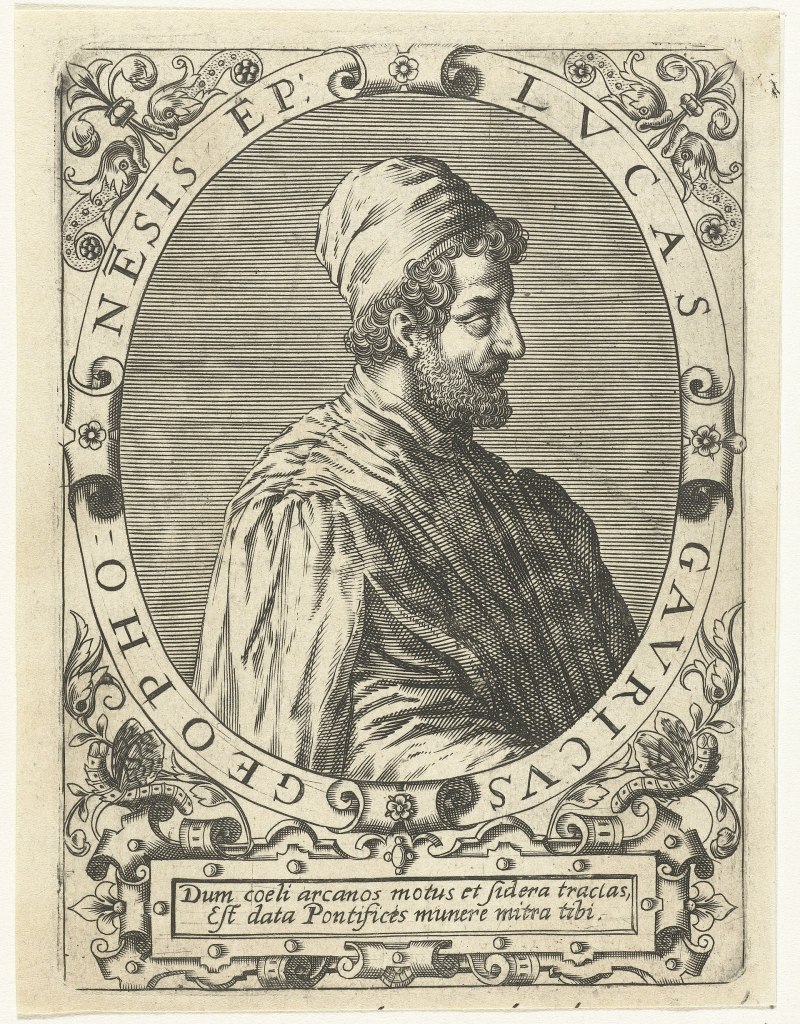### Giambattista Benedetti: An Overlooked Innovator in Physics History
Regular followers of this blog may be aware that I often advocate for highlighting lesser-known figures in the annals of science who have been relegated to the background by the towering giants. These individuals, who made pivotal contributions to the progress of knowledge, frequently find their efforts overshadowed by the more celebrated names, despite their revolutionary advancements. One notable character in the history of Early Modern physics is Giambattista Benedetti (1530–1590), an Italian mathematician whose explorations into the theory of falling bodies predate Galileo’s work by nearly fifty years. It is long overdue for him to receive recognition for his contributions, which have been unjustly obscured by his more famous peers.
### Benedetti’s Early Life: An Enigmatic Beginning
Very little information is available regarding Benedetti’s formative years and background. He was born into a prosperous Venetian family, and it was said that his father, a Spaniard, was a philosopher, as per the Italian astrologer Luca Gaurico (1475-1558). Gaurico characterized Benedetti’s father as a *physicus* (referring to a natural philosopher, if not an actual physician). According to Gaurico, Benedetti’s primary education came from his father, and he had already acquired proficiency in philosophy, music, and mathematics by the time he turned eighteen.
Benedetti himself asserted that he had no formal schooling beyond the age of seven, save for his studies of the first four books of Euclid under the esteemed Italian mathematician Niccolò Tartaglia (c. 1499–1557), likely around 1546–1548. Nevertheless, their relationship did not appear particularly close, as Tartaglia scarcely mentioned him, although Benedetti acknowledged Tartaglia’s influence in shaping his mathematical insights.
### Benedetti’s Early Career
In 1558, Benedetti began working for Ottavio Farnese, Duke of Parma, as a **court mathematicus** (court mathematician). His duties encompassed roles such as astrologer, engineer, and sundial maker. During the winter of 1559/60, he delivered lectures on Aristotle in Rome, acquiring a reputation as a knowledgeable intellect, particularly in mathematics and natural philosophy.
Later, in 1567, he was appointed to the court of Emanuele Filiberto, Duke of Savoy. Benedetti spent the remainder of his life in Turin, where he advised the Duke on academic appointments and engaged in engineering projects, building sundials and advocating for scientific study at court. Although he never held a university faculty position, his sharp intellect and diverse interests in both practical and theoretical sciences continued to flourish.
### Early Exploration into Mechanics: Resolutio omnium Euclidis problematum
At just twenty-two, Benedetti published *Resolutio omnium Euclidis problematum* in 1553, marking his first major contribution. The book showcased Benedetti’s mathematical skill by providing solutions to all problems in Euclid’s *Elements* using only a compass with a fixed opening. Intriguingly, *Resolutio* also presented Benedetti’s initial challenges to Aristotelian physics.
In the book’s dedication, Benedetti revealed his theory of falling bodies—an area unrelated to the Euclidean topics discussed. Drawing on Archimedes’ work in hydrostatics, he contended that objects made of the same material would drop at the same speed through a given medium, irrespective of their weight. This stood in stark opposition to Aristotle’s claim that heavier objects fall more swiftly.
Benedetti illustrated his reasoning with a thought experiment involving spheres of varying sizes yet the same material. He invited readers to envision a large sphere of that material divided into several smaller spheres, all descending at the same rate. Thus, why would assembling them into larger formations alter the rate of fall? This argument would resurface, notably, in Galileo’s *Discorsi* in 1638—but Galileo’s formulation occurred **85 years** after Benedetti’s.
### The Struggle Against Aristotle
Benedetti’s principal anti-Aristotelian work, *Demonstratio proportionum motuum localium contra Aristotelem et omnes philosophos*, released in early 1554, elaborated on his previous ideas regarding free fall. Some scholars in Rome expressed skepticism towards Benedetti’s theories, insisting that Aristotle could not be mistaken. In spite of this opposition, Benedetti persisted in refining and elaborating on his experimental inquiries, addressing not just the fundamental theory of free fall but also exploring physical intricacies such as how the shape and surface area of objects influence their falling rate in different media.
One of Benedetti’s most significant conceptual advancements, which again precedes Galileo, was his understanding that in a vacuum, all objects—even those of different masses—would descend at the same speed. Conversely, Aristotle theorized that objects in a vacuum would accelerate to infinite velocities. Benedetti’s breakthrough concerning uniform acceleration
